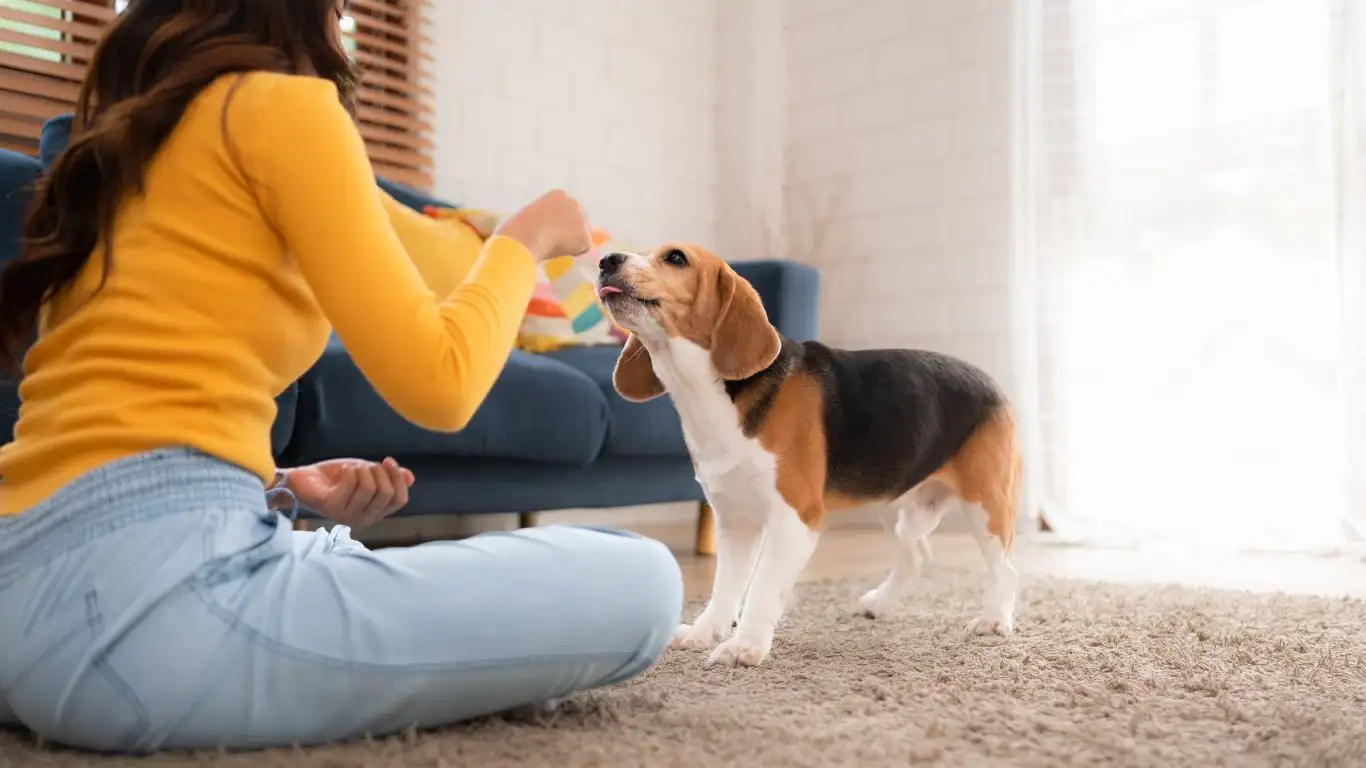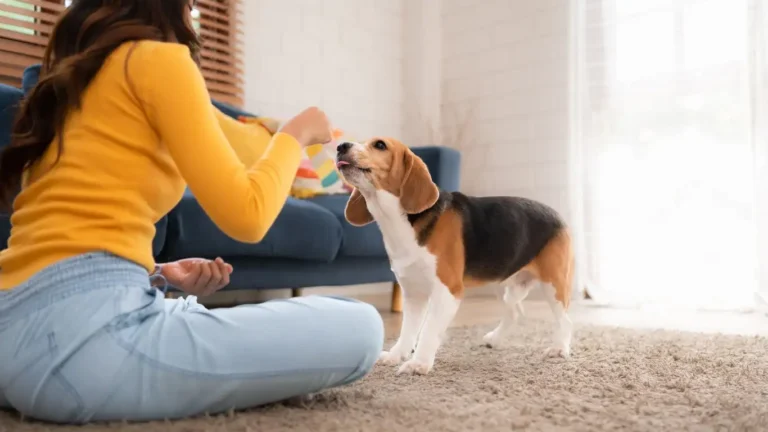Master How to Train a Dog to Sit Quietly for Long Periods Easily
Training a dog to sit quietly for long periods can feel like one of those “impossible” tasks when you’re just starting out. But trust me, with the right approach, patience, and a bit of canine psychology, it’s absolutely doable—and I’ve seen it happen countless times in my work as a Canine-Assisted Therapy Trainer. Getting your dog to settle down calmly isn’t just about obedience; it’s about creating a trusting environment where your dog feels safe and comfortable enough to relax. So, if you’ve been wondering how to train a dog to sit quietly for long periods, you’re in the right place. I’m going to share some practical, experience-backed tips to help you get there without frustration or confusion.
Understanding Why Quiet Sitting Matters

Before we dive into training methods, it’s important to appreciate why teaching your dog to sit quietly is more than just a neat trick. For therapy dogs, calmness is essential—not only for the dog’s wellbeing but for the people they support. When a dog can stay quietly in one place for a long stretch, it signals emotional stability and trust. This foundation helps when working in environments with lots of distractions, like hospitals or schools. Even if you’re just a pet parent wanting a calm companion at home, this skill reduces stress for both you and your dog.
Personal Experience: The Power of Calm
In my years of training therapy dogs, I’ve noticed that those who master calm sitting quickly become more confident and responsive overall. One of my favorite success stories is a rescue dog named Max, who was initially so anxious he couldn’t sit still for even a minute. With consistent training focused on calmness rather than perfection, Max eventually could sit quietly through entire therapy sessions, bringing comfort to dozens of people. That transformation reminded me how patience and kindness are the real keys to success.
Getting Started: The Basics of Quiet Sitting
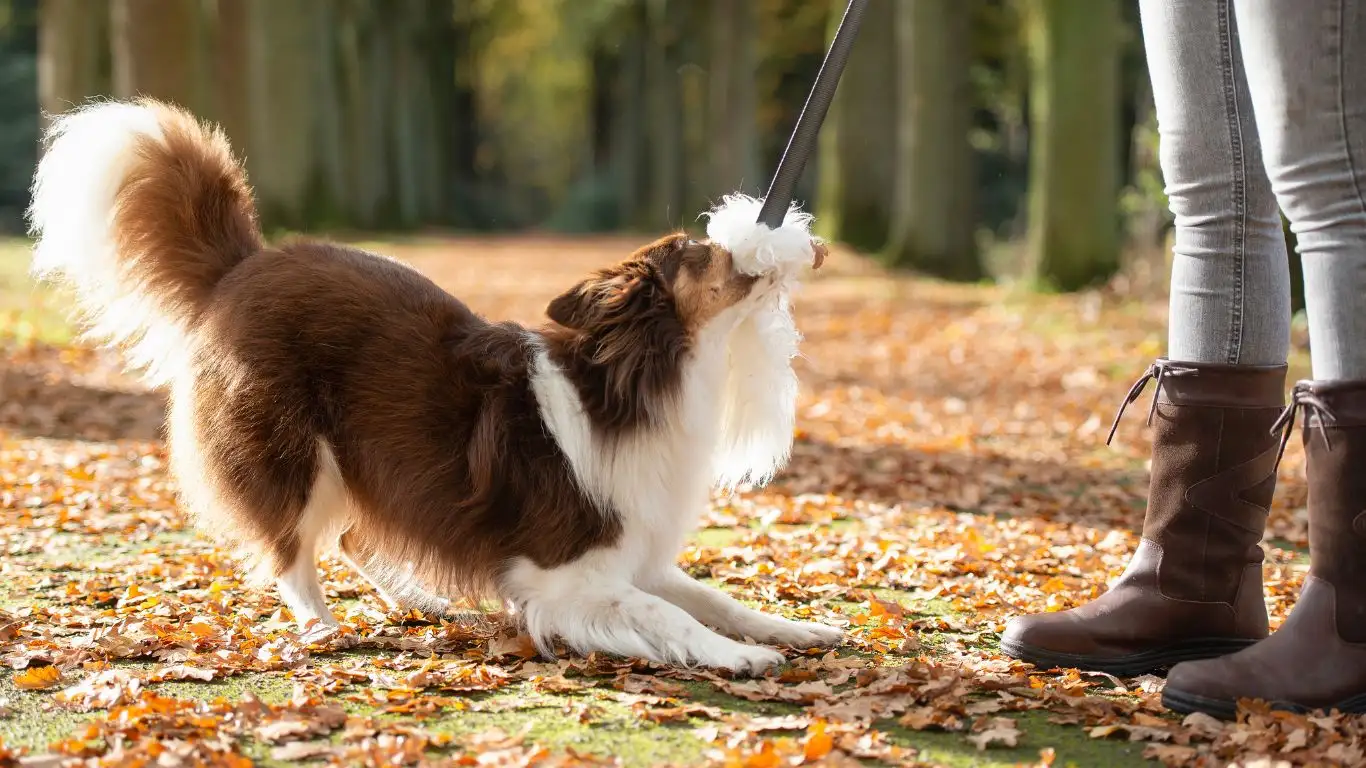
When teaching your dog to sit quietly for longer periods, the starting point is simple: get that initial sit down solid. This doesn’t just mean your dog’s rear hits the floor—it means they’re attentive and ready to learn. Here are the essential steps to begin:
- Find a distraction-free zone. This could be a quiet corner of your home where your dog feels safe.
- Use high-value treats or rewards. Something your dog really loves, like small bits of chicken or a favorite toy, helps make the behavior more appealing.
- Give the command clearly. I prefer “sit” because it’s simple and well understood by most dogs.
- Reward immediately when they sit. Timing is everything here—mark the moment they sit calmly with a treat or praise.
- Repeat short sessions. Keep training to just a few minutes at a time to avoid overwhelming your dog.
Consistency is key—practice several short sessions throughout the day rather than one long session. Dogs learn best when training is fun and positive, so keep the energy upbeat and rewarding.
Understanding Your Dog’s Limits
One thing I always emphasize with new trainers is to respect your dog’s natural temperament and physical limits. Not every dog can sit quietly for an hour right away—and some breeds or individuals need more breaks or mental stimulation to avoid frustration. I always encourage trainers to look for signs of restlessness or stress, like yawning, lip licking, or fidgeting. These signals mean it’s time to pause or change things up, not to push harder.
Building Duration: How to Train Your Dog to Sit Quietly for Longer
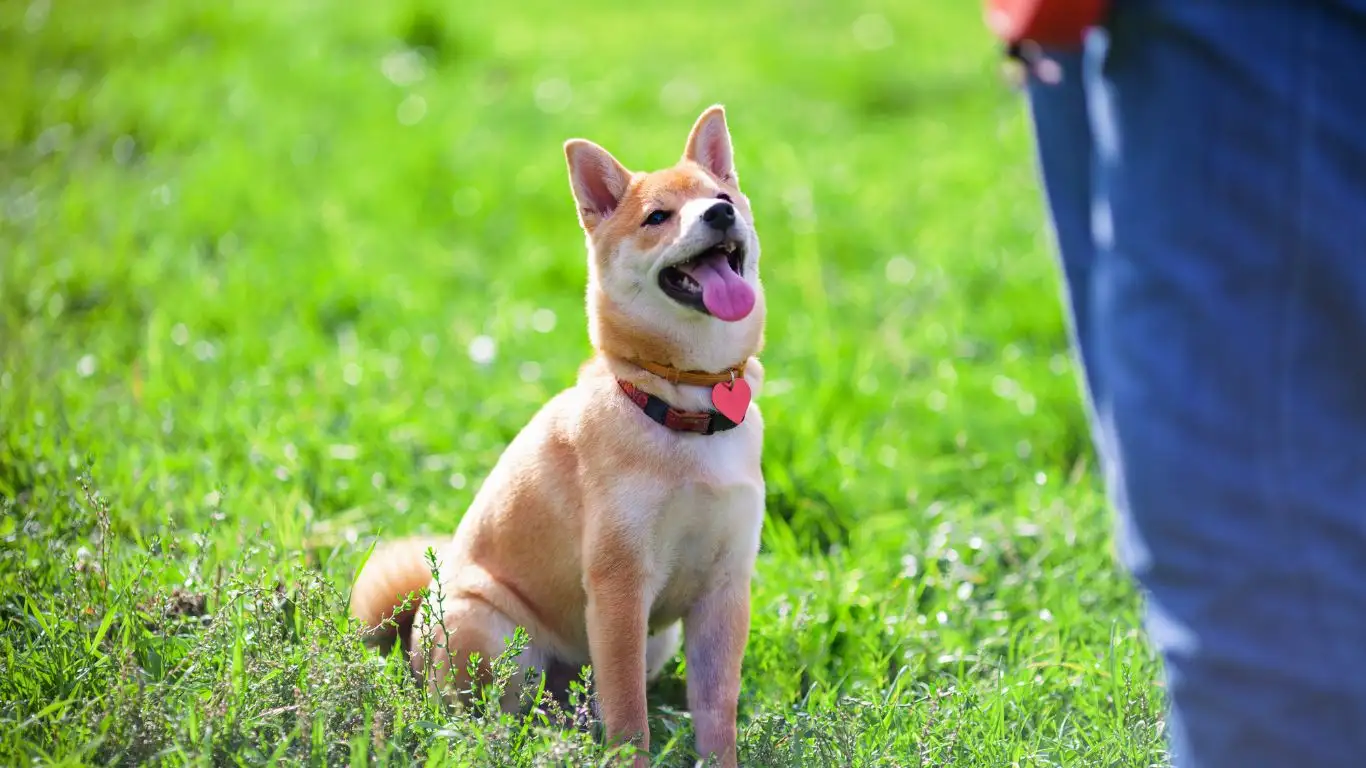
Now that your dog has a solid “sit” down, the next big step is teaching them to stay calm and quiet for longer stretches. This is often where things get tricky because dogs, especially younger or high-energy ones, are naturally wired to move around. But here’s the thing—I’ve found that increasing duration is all about gradual progress and clear communication. From my experience working with therapy dogs, patience really pays off here.
When I first start this phase with a dog, I think about it like building a muscle. You don’t jump into holding a plank for 5 minutes on day one—you start with a few seconds and add time slowly. The same goes for your dog’s quiet sitting. Start with just a couple of seconds beyond the initial sit, then reward. Slowly increase this time by just a few seconds every session. This helps your dog understand that sitting still isn’t a punishment but something positive and worth doing.
Tips for Gradually Increasing Sitting Time
- Use a release word. I always teach a clear release cue like “okay” or “free” so your dog knows when it’s time to get up. This reduces anxiety and helps your dog understand expectations.
- Stay calm yourself. Dogs are amazing at reading our energy. If you’re tense or fidgety, they might get restless too. Keep your voice gentle and your movements slow during training.
- Reward intermittently. Once your dog can sit quietly for a few seconds, start giving treats less frequently but still praise often. This keeps their motivation high without creating a need for constant food rewards.
- Practice in different locations. Generalizing the behavior is key. Your dog needs to learn that “sit quietly” applies everywhere—not just the quiet corner of your living room.
One trick I use with therapy dogs is to pair sitting quietly with calming activities, like gentle petting or a soft voice. It turns sitting into a cozy, enjoyable experience rather than just a command. Over time, many dogs come to seek out this calm downtime on their own.
Dealing with Challenges: Common Roadblocks and How to Overcome Them

Every trainer, no matter how experienced, hits bumps along the way. When training a dog to sit quietly for long periods, a few common challenges tend to pop up. From my years working hands-on with different dogs, I can tell you that understanding these obstacles—and having a plan for them—makes all the difference.
Restlessness and Fidgeting
It’s normal for dogs to wiggle or shift a little during long sits, especially early on. What I’ve learned is that trying to force absolute stillness can backfire. Instead, I focus on reinforcing calm behavior, not perfection. If your dog shifts but stays quiet and relaxed, that’s a win. If they start to get up or bark, gently guide them back to sitting with a calm voice and the release cue when appropriate.
Distractions Overwhelm Your Dog
Some dogs are more sensitive to sounds, sights, or smells and might find it tough to sit quietly when things get interesting around them. I usually suggest breaking down training into smaller steps here—start in a super low-distraction environment, then gradually introduce mild distractions like a family member walking by or a quiet toy noise. Patience is key. It’s like teaching your dog to “tune out” the world when needed.
Overexcitement or Anxiety
Dogs that are overly excited or anxious might struggle to settle at all. In these cases, I often recommend incorporating some physical and mental exercise before training sessions. A quick game of fetch or a short walk can help burn off excess energy, making it easier for your dog to relax when you ask them to sit quietly.
Using Positive Reinforcement and Consistency to Solidify the Behavior
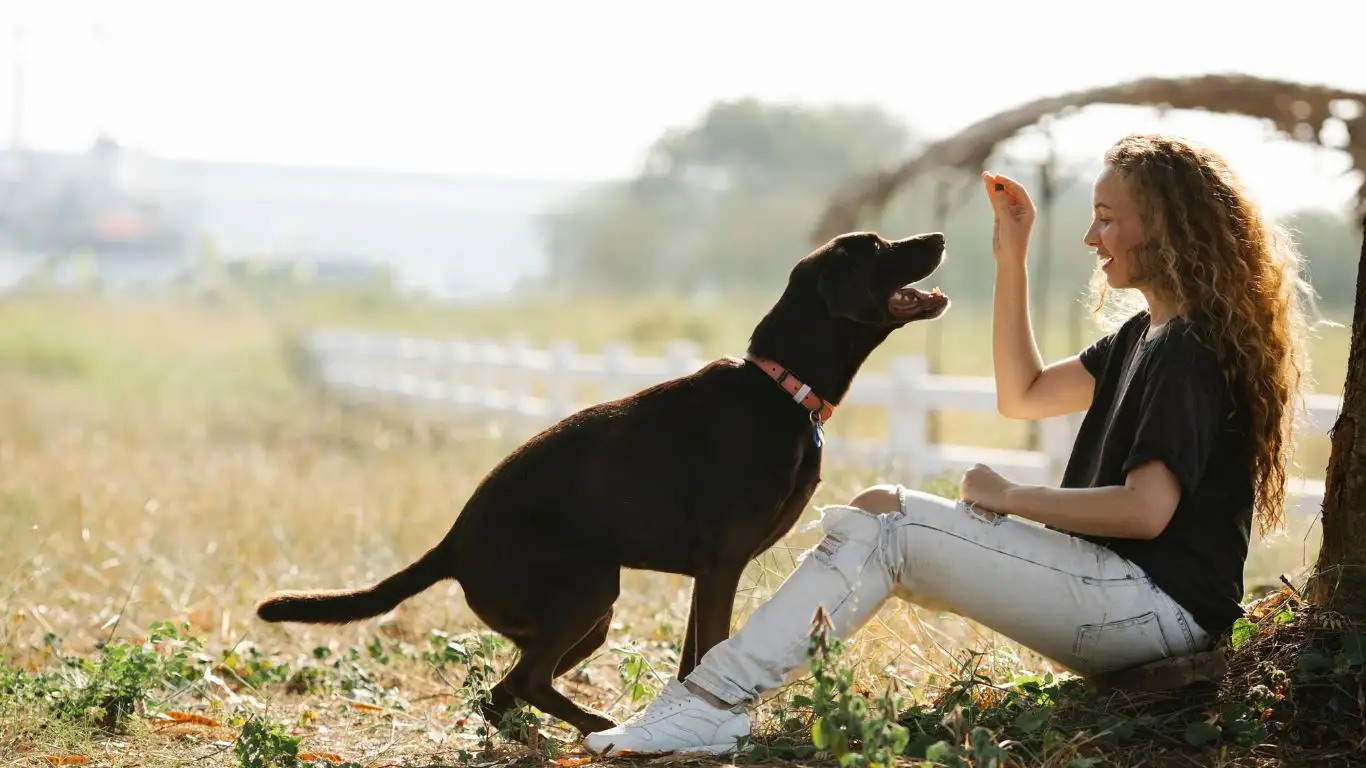
One of the things I always tell new trainers is that positive reinforcement isn’t just a fancy term—it’s the foundation for lasting success. Dogs want to please us, but they also want to understand what’s in it for them. By rewarding calm sitting with treats, praise, or play, you’re showing your dog that this behavior pays off.
Here are a few tips to keep your reinforcement strong and your training consistent:
- Be immediate with rewards. Catch the moment your dog is calm and reward right then and there. Delayed rewards can confuse your dog.
- Use varied rewards. Mix treats, verbal praise, and affection to keep things interesting and motivational.
- Practice regularly. Short, daily sessions work better than occasional long ones.
- Stay consistent with commands and cues. Using the same words, tone, and body language helps your dog learn faster.
In my experience, the dogs that do best aren’t the ones with perfect technique from the start—they’re the ones whose handlers stay calm, patient, and kind throughout the process. Remember, teaching your dog to sit quietly for long periods is as much about building your bond as it is about the behavior itself.
Advanced Tips: Keeping Your Dog Calm in Real-Life Situations
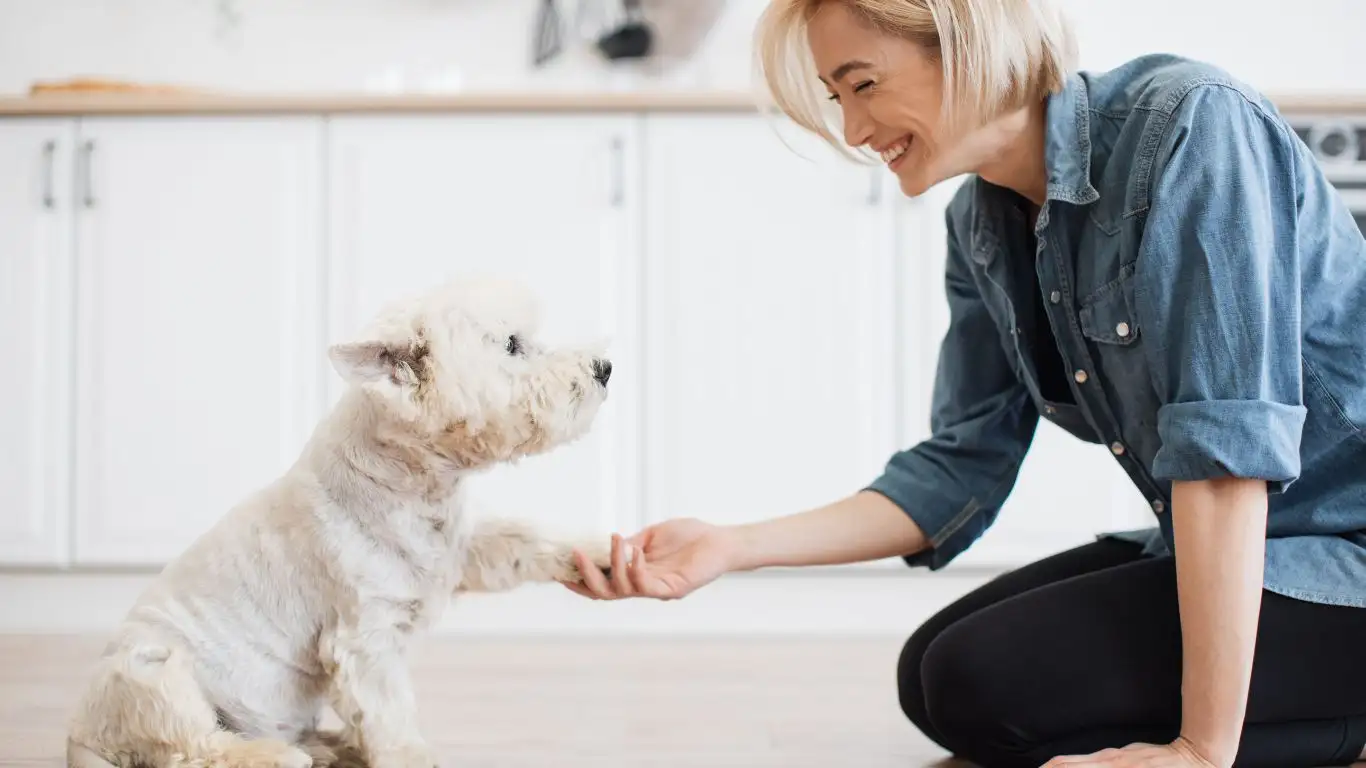
Once your dog can sit quietly for longer periods at home or in a controlled setting, the next challenge is maintaining that calm in everyday life—whether that’s at the park, a busy street, or during visits to a therapy site. From my experience, this is where many dog owners and trainers hit a wall, but with the right strategies, you can help your dog stay grounded no matter what’s going on around them.
One trick that’s worked wonders in therapy training is teaching your dog to focus on you as a “safe zone.” This means training them to regularly check in with your body language or a specific cue during moments of potential distraction. For example, a simple eye contact command or a gentle touch on the leash can bring their attention back and remind them it’s time to relax.
Generalizing Calm Behavior Outside Training
- Practice in short bursts outdoors. Start in quiet outdoor spots and gradually work up to busier places. I often take my therapy dogs to calm parks or quiet streets first before tackling more crowded areas.
- Use high-value rewards for outdoor calmness. This might be special treats or a favorite toy that only comes out during training sessions in distracting environments.
- Keep sessions short and positive. Overdoing it can cause stress, so stop on a good note before your dog becomes overwhelmed.
- Be patient and observe. Every dog adapts at their own pace. Some might be ready quickly; others need more time and reassurance.
From my own journey training therapy dogs, I’ve found that the key to success outside is reading your dog’s mood and energy closely. If they start to lose focus or show signs of stress, it’s better to take a break or switch to a less demanding activity. This teaches them that calmness is a choice, not a punishment.
How to Train a Dog to Sit Quietly for Long Periods: Tools and Aids That Help
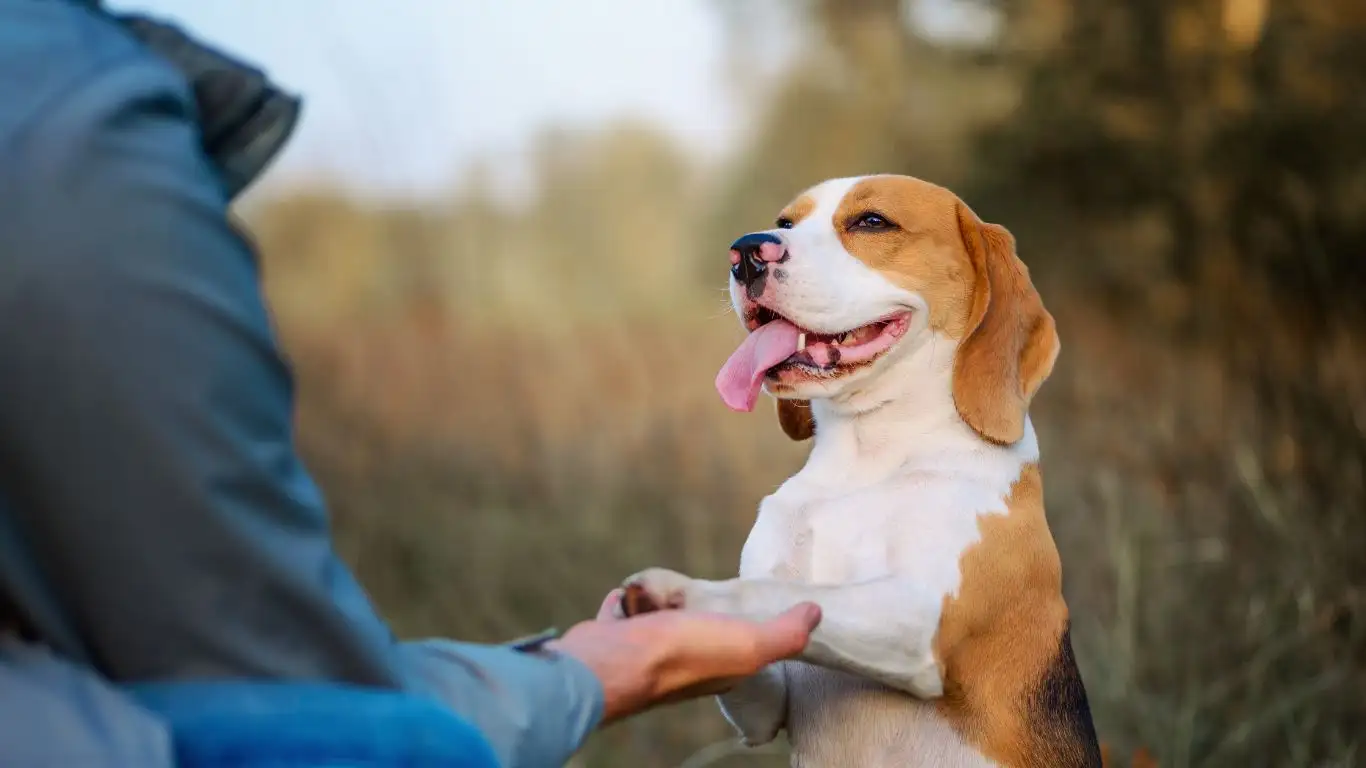
Sometimes, simple tools can make a huge difference in helping your dog understand what you want and feel comfortable in the process. Over the years, I’ve incorporated a few handy aids that have consistently helped improve calm sitting skills:
Mats and Beds as “Calm Zones”
Using a designated mat or bed gives your dog a clear physical space that’s theirs to relax on. I always encourage clients to introduce a cozy mat during training sessions and reward their dog for settling there calmly. It becomes a kind of “anchor” for your dog’s calmness. When dogs have a specific spot to retreat to, it helps reduce anxiety and gives them a consistent place to practice sitting quietly.
Gentle Leashes and Harnesses
For dogs who get distracted easily, a comfortable leash or harness can help keep them close without feeling restrictive. I prefer soft harnesses that don’t tug but offer enough control to guide my dog back gently if they start to wander. This physical connection often reassures the dog and makes training sessions smoother.
Interactive Toys and Chews for Longer Sessions
When you want your dog to stay settled for extended periods—say during a therapy visit or family gathering—offering a safe chew or interactive toy can keep their mind engaged without encouraging movement. I’ve seen therapy dogs focus beautifully when given a favorite chew, which helps them remain quietly seated while also relieving stress.
Myths and Misconceptions About Teaching Quiet Sitting
There are plenty of myths floating around about how to train dogs to sit quietly, so let me clear up a few from my experience:
- Myth: You must be strict and never let your dog move.
Truth: Gentle guidance and positive reinforcement work far better than harsh corrections. Dogs learn through kindness and clarity, not fear. - Myth: Some dogs just can’t sit quietly for long.
Truth: While every dog is different, most can improve with patience and the right approach. It’s about working with your dog’s personality, not against it. - Myth: Food rewards are bribery.
Truth: Treats are a powerful communication tool and motivation. The goal is to phase them out over time as your dog learns to find calmness rewarding in itself.
References and Resources
Disclaimer
The information provided in this article is based on personal experience as a Canine-Assisted Therapy Trainer and general dog training principles. It is not intended to replace professional veterinary advice or specialized behavioral consultations. Always consult with a qualified professional if your dog exhibits signs of stress, anxiety, or aggression during training.
